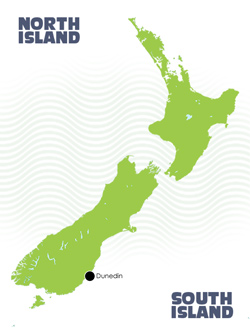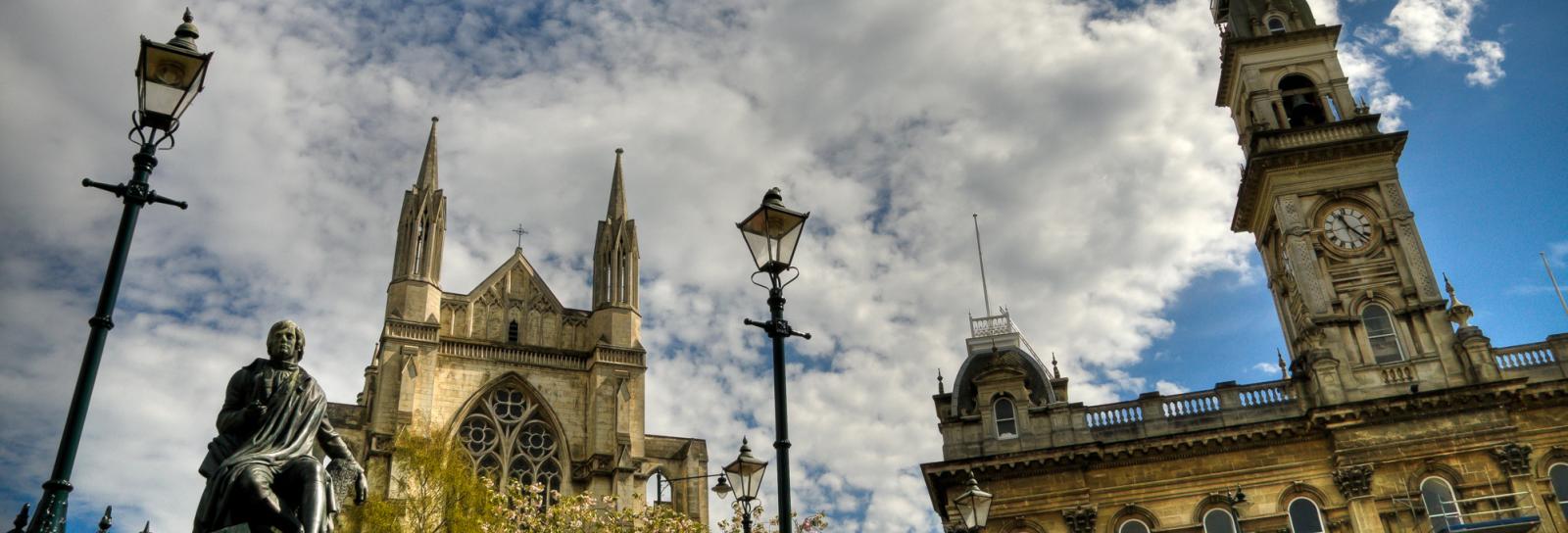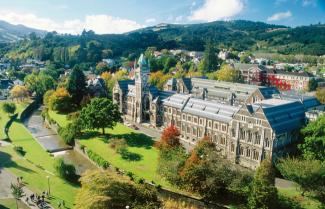
DUNEDIN - SCOTTISH CITY OF GRACE AND GRANDEUR
It is for good reason that New Zealand's oldest city is known as the Edinborough of the South - 'Dunedin' comes from Dun Eideann the Scots-Gaelic name for Edinburgh, founded largely by Scottish immigrants, who raised the impressive buildings which now add much to the city's charm.
Dunedin
The Otago coast stretches from the Waitaki River to the mighty Clutha River, on the South Island's eastern coast. About halfway between is the city of Dunedin, the South Island's second largest city.
Dunedin was founded on the picks, harpoons and hard toil of goldminers, whalers and early Scottish settlers over 150 years ago. Much of Dunedin's early wealth and enterprise has left a tangible mark on the city today. Its name is the old Gaelic one for Edinburgh - appropriate since the city was established by Scottish Presbyterians.
The city is renowned for its proximity to incredible wildlife. Visits to see the world's rarest penguins, the world's only mainland breeding colony of the Royal albatross and rare New Zealand sea lions are all possible within a short drive of the city centre.
Dunedin is also memorable for its historical architecture. It is regarded to be one of the best preserved Victorian and Edwardian cities in the Southern Hemisphere. Look for the massive stone Flemish Renaissance-style Dunedin Railway Station, the University clock-tower building and the Gothic Revival Dominican Priory. Dunedin even has an authentic castle - Larnach Castle was the grand home of an early politician. You might also want to visit Baldwin Street, the world’s steepest residential address.





